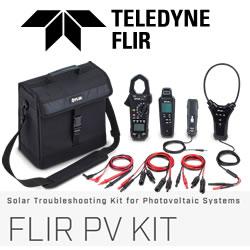Is The Best Analogy For The Energy Storage Business--Eeek!--Hard Drives?
Batteries That Make Use of Solar Power, Even in the Dark
New York set for offshore wind after environmental review
Elon Musk wants to sell you a better-looking solar roof amid slowing growth for panels
Half a million solar panels were installed every day in 2015.
Bike Path In Poland Can Glow For 20 Years Using Solar Power
Europe's offshore wind industry booming as costs fall
Solar & Wind Cheaper To Replace Coal In UK Than Biomass
Idaho company debuts solar power sidewalks
Is 2016 The Turning Point For Energy Storage?
World's Largest Solar Project Would Generate Electricity 24 Hours a Day, Power 1 Million U.S. Homes
World's First Farm to Use Solar Power and Seawater Opens in Australia
This New Wind Turbine Could Power Japan for 50 Years After One Typhoon
US Solar Power Attitudes: 89% of Americans Support Solar Power
World's Largest Carbon-Capture Plant to Open Soon
Records 1126 to 1140 of 2277
First | Previous | Next | Last
Featured Product

